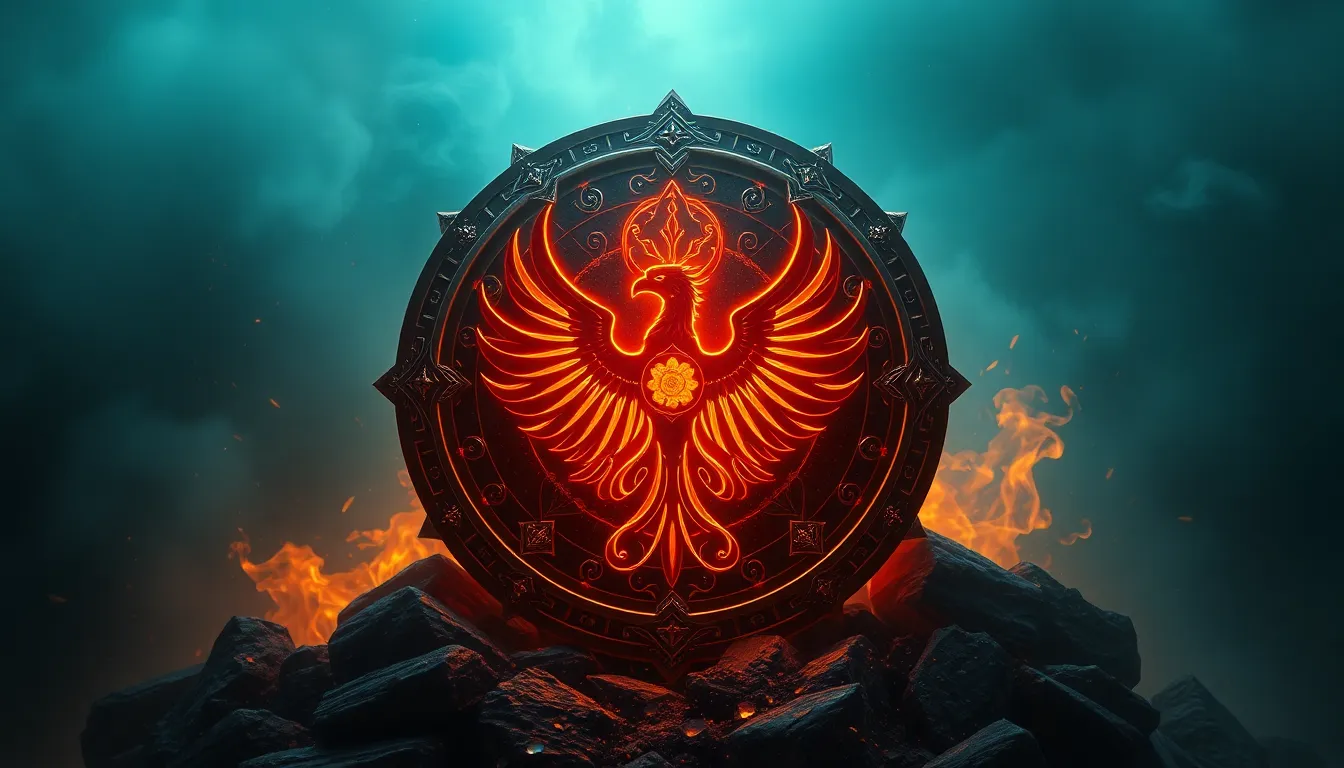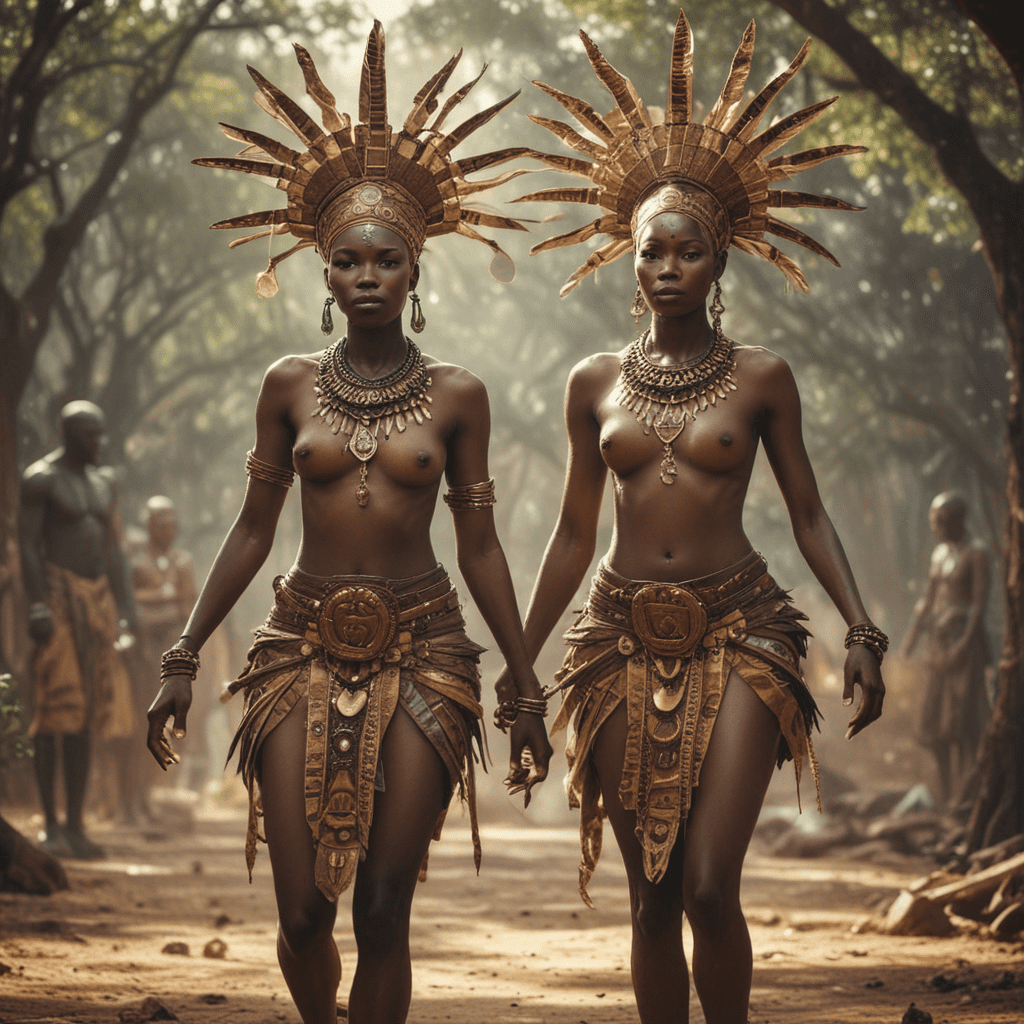The Realm of Mythological Bridges in Indonesian Folklore
Indonesia, a nation scattered across a vast archipelago, is a treasure trove of ancient myths and legends. These stories, passed down through generations, offer a window into the rich tapestry of Indonesian belief systems. They reveal a fascination with the supernatural, the divine, and the intricate relationships between humans and the spirit world. Among these fascinating narratives are those centered around mythical bridges – structures that bridge the gap between the mortal and the divine, the earthly and the celestial. These bridges serve as pathways to other realms, often connecting the world of the living with the afterlife or the homes of mythical beings.
A Tapestry of Beliefs: Indonesian Mythology and its Diverse Origins
The mythological landscape of Indonesia is as diverse as its islands. From the ancient tales of Java and Bali to the vibrant myths of Sumatra and Borneo, each region boasts a unique set of beliefs and traditions. The influence of Hinduism, Buddhism, and indigenous animistic beliefs have all contributed to the rich tapestry of Indonesian mythology. This diverse tapestry of influences is evident in the numerous myths associated with mythical bridges. Each bridge has its own significance and story, reflecting the unique cultural and spiritual perspectives of the region it originated from.
Bridging the Divine and Mortal: The Significance of Bridges in Indonesian Myths
In Indonesian mythology, bridges hold a profound symbolic significance. They represent the connection between the human world and the supernatural realm. They are pathways to knowledge, wisdom, and spiritual enlightenment. In many myths, bridges are guarded by mystical beings, who serve as protectors and gatekeepers. Crossing these bridges represents a significant spiritual journey, often requiring courage, resilience, and a deep understanding of the forces at play.
The Mythical Bridge and its Role in Connecting Worlds
The mythical bridges of Indonesian folklore often serve as conduits between different worlds. They may connect the world of the living with the afterlife, or they may lead to the realms of gods, spirits, or mythical creatures. The act of crossing these bridges represents a profound transformation, a transition from one state of being to another. In some myths, the bridges are physical structures, while in others, they are more ethereal and symbolic. The form of the bridge itself often holds clues to its purpose and the nature of the world it connects to.
The Seven Bridges of the Javanese Epic: A Journey Through the Afterlife
One of the most prominent examples of mythical bridges in Indonesian folklore can be found in the Javanese epic, the Mahabharata. The story describes seven bridges that must be crossed in order to reach the afterlife. These bridges are not just physical structures but represent the various challenges and trials that the soul must face on its journey to the next world. Crossing these bridges requires the individual to confront their past actions, their regrets, and their fears. The journey is not simply a journey through space but a journey through the inner landscape of the soul.
From Bamboo to Celestial Arches: The Material and Symbolic Forms of Bridges
The mythical bridges of Indonesian folklore are as varied as the islands themselves. Some are made of earthly materials like bamboo or wood, while others are celestial arches of shimmering light or swirling clouds. The material used to construct a bridge often reflects its purpose and the world it connects to. A bamboo bridge might be a simple pathway across a river, leading to a hidden village or a sacred grove. A bridge of clouds might connect the mortal realm to the heavens, where the gods reside.
The form of the bridge also plays a symbolic role. A straight bridge might represent a direct path to a specific destination, while a winding bridge might symbolize the challenges and turns one faces on a spiritual journey. A bridge with many arches might represent the multiple paths to enlightenment or the many stages of life. In each case, the bridge's form serves as a visual representation of the journey it facilitates.
Beyond the Physical: The Mythological Bridges as Symbolism of Transition and Transformation
Beyond their physical forms, Indonesian mythical bridges symbolize transition and transformation. Crossing a bridge is not just a physical act but a spiritual one. It represents a shift in consciousness, a change in perspective, or a passage from one state of being to another. This transformation could involve a journey to the afterlife, a quest for knowledge, or a personal metamorphosis.
The bridge itself can be viewed as a symbol of the challenges and trials one encounters on their path to growth and enlightenment. The act of crossing represents overcoming obstacles, confronting fears, and emerging stronger and wiser on the other side. Like the bridges themselves, these journeys are often winding and unpredictable, requiring courage, resilience, and a willingness to embrace the unknown.
The Bridge as a Gateway to Knowledge: The Quest for Wisdom and Enlightenment
Many Indonesian myths feature bridges that lead to realms of knowledge and wisdom. Crossing these bridges is not just about reaching a physical destination but about acquiring insight and understanding. These bridges are often guarded by wise beings, such as wise old men or mystical creatures, who test the seeker's readiness and impart knowledge only to those who are truly deserving.
The act of crossing these bridges represents a quest for self-discovery and the pursuit of a deeper understanding of the universe and one's place within it. The knowledge gained through these journeys is not just intellectual but also spiritual, offering insights into the nature of reality, the interconnectedness of all things, and the true meaning of life.
Theories on the Origin and Evolution of Mythological Bridges
The origins of mythical bridges in Indonesian folklore are rooted in the blend of ancient traditions and cultural influences. The concept of bridges as pathways to other realms likely arose from the need to explain the unknown and to connect with the supernatural. The use of bridges as symbols for transformation and enlightenment likely reflects the importance of personal growth and spiritual development in Indonesian culture.
Over time, these myths have evolved and adapted, reflecting the changing societal values and beliefs. However, the core themes of connection, transformation, and the pursuit of knowledge have remained constant, demonstrating the enduring power and relevance of these narratives.
Cross-Cultural Connections: Exploring the Universality of Bridge Symbolism
The symbolism of bridges as pathways to other realms is not unique to Indonesian mythology. Across cultures, bridges have been used to represent transitions, transformations, and the passage between different worlds. In Celtic mythology, the bridge of Avalon connects the mortal realm to the Otherworld. In Norse mythology, the Bifrost bridge connects Midgard (Earth) to Asgard (the realm of the gods).
These cross-cultural connections highlight the universality of bridge symbolism and its enduring power to represent the human yearning for connection, understanding, and a deeper meaning in life. By exploring these myths across cultures, we can gain a deeper appreciation for the shared human experience and the timeless power of storytelling.
FAQ
How do mythical bridges relate to the afterlife in Indonesian folklore?
Many Indonesian myths feature bridges that lead to the afterlife or connect the world of the living with the realm of spirits. Crossing these bridges represents a journey through the soul's landscape, facing challenges and trials based on one's past actions.
What kinds of mystical beings guard mythical bridges in Indonesian myths?
Mythical bridges are often guarded by beings like wise old men, spirits, or mythical creatures that test the seeker's readiness and impart knowledge to those who prove worthy.
What is the symbolic significance of the material used to construct a mythical bridge?
The material used to construct a mythical bridge often reflects its purpose and the world it connects to. Bamboo bridges might lead to hidden villages, while celestial arches of light connect the mortal realm to the heavens.
How do mythical bridges relate to the concept of transformation?
Crossing a mythical bridge is not just a physical act but a spiritual one that symbolizes transition and change. It represents a shift in consciousness, a change in perspective, or a passage from one state of being to another.
Can you give an example of a specific mythical bridge from Indonesian folklore?
The seven bridges of the Javanese epic, Mahabharata, represent the various trials and challenges one faces on their journey to the afterlife. Crossing these bridges requires introspection and confronting past actions.



